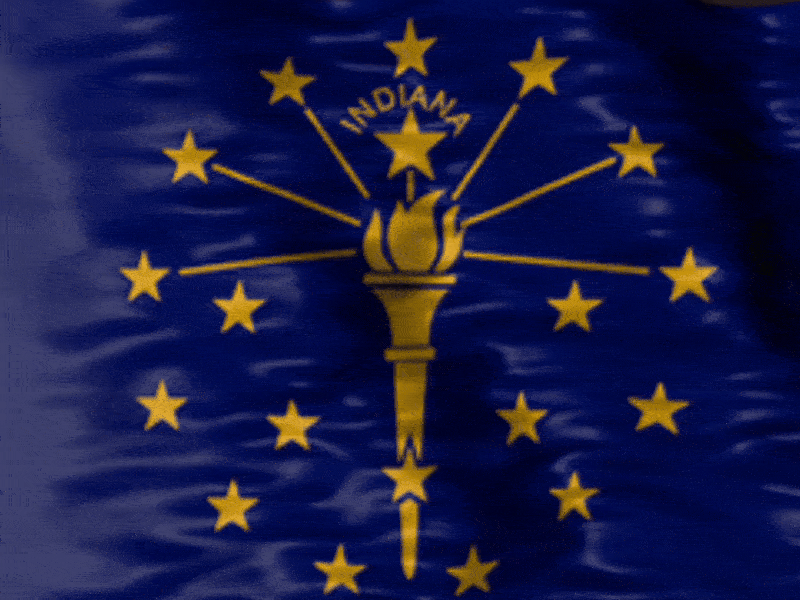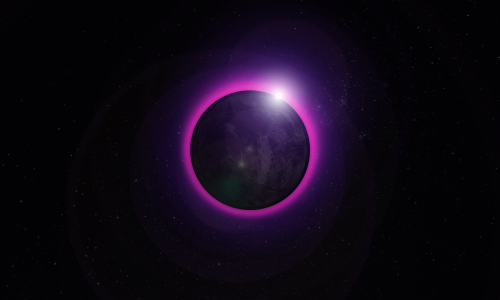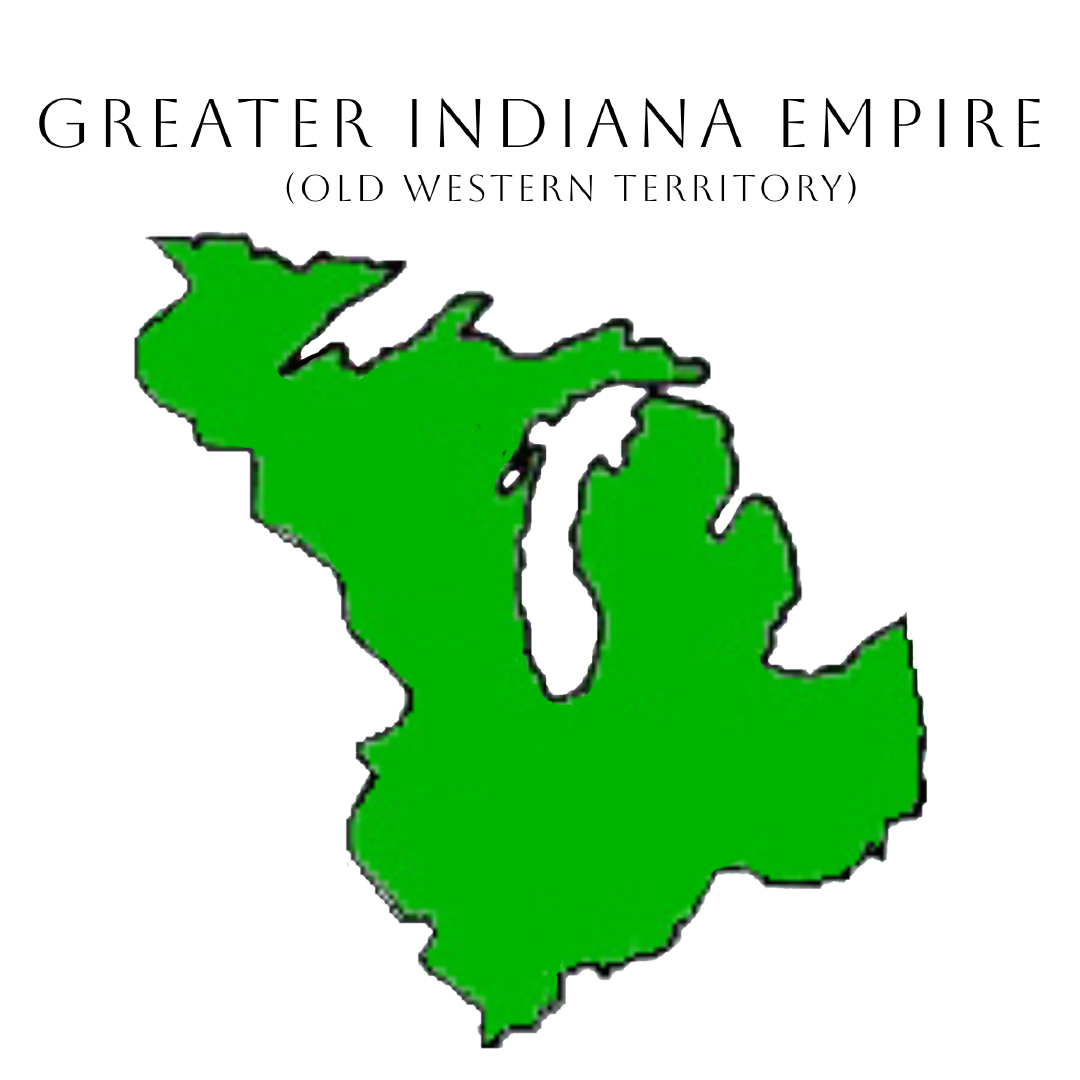| National Factbook |
| Flag: |

|
| Nation Name: |
Indiana |
| Leader Name: |
Nagisa |
| Currency: |

Dollar |
| National Animal: |

Pearto |
| History: |
The nation of Indiana traces its roots to ancient indigenous civilizations, including the Miami, Potawatomi, and Shawnee peoples, who lived along its rivers and forests long before European contact. In the 1700s, French and British settlers began trading and building forts in the region. Following the American Revolution, Indiana became a U.S. territory and officially achieved statehood in 1816 as the 19th state. It played a strategic role during the Civil War and later became a powerhouse in manufacturing, especially steel and auto production. Known for its deep agricultural traditions, love of basketball, and the legendary Indy 500, Indiana has grown into a symbol of Midwestern strength, culture, and resilience. |
| Geography |
| Continent: |
North America |
| Land Area: |
37,819.49 sq. km |
| Terrain: |
Indiana’s terrain is predominantly flat to gently rolling, especially in the northern and central regions, which are dominated by vast plains and fertile farmland. These areas are part of the Corn Belt and ideal for large-scale agriculture. As you move south, the landscape becomes more varied—rising into hills, ridges, and wooded areas shaped by ancient glacial activity and limestone bedrock. The southern portion of the nation features caves, sinkholes, and rugged bluffs, particularly near the Ohio River. Major rivers like the Wabash and White flow through the heart of the land, while smaller creeks and lakes add to the region’s rich ecosystem. Though not mountainous, Indiana’s terrain is diverse in subtle, often overlooked ways. |
| Highest Peak: |
Hoosier Hill,
383 meters
|
| Lowest Valley: |
Ohio River Valley,
98 meters
|
| Climate: |
Indiana has a humid continental climate, with four distinct seasons. Summers are typically warm to hot and humid, with temperatures often reaching the upper 80s°F (around 30°C), along with frequent thunderstorms. Winters are cold, especially in the north, with average lows dipping below freezing and regular snowfall. Spring and fall bring mild temperatures and colorful changes in foliage, but weather can shift quickly. The state occasionally experiences severe weather like tornadoes in the spring and early summer. Overall, Indiana’s climate supports a mix of agriculture, forestry, and outdoor living throughout the year. |
| People & Society |
| Population: |
2,433,313 people |
| Demonym: |
Hoosier |
| Demonym Plural: |
Hoosiers |
| Ethnic Groups: |
White - 76.0%
African American - 10.7%
Hispanic or Latino - 8.8% |
| Languages: |
English - 91.0%
Spanish - 6.6%
German - 2.4% |
| Religions: |
Christianity - 72.2%
Atheist - 25.6%
Other - 2.2% |
| Health |
| Life Expectancy: |
75 years |
| Obesity: |
36.8% |
| Alcohol Users: |
51% |
| Tobacco Users: |
19.4% |
| Cannabis Users: |
14.8% |
| Hard Drug Users: |
1.7% |
| Economy |
| Description: |
Indiana boasts a diverse and steadily growing economy rooted in a strong industrial legacy. The state’s economic backbone has long been its manufacturing sector, which remains one of the most productive in the U.S. Key outputs include automobiles, steel, machinery, and pharmaceuticals. Indiana is home to major automotive plants and is a top steel producer, making it a critical hub in national supply chains. |
| Average Yearly Income: |
$49.69 |
| Gross Domestic Product (GDP): |
$3,643,462,526.00 |
| GDP per Capita: |
$1,497.33 |
| Gross National Income (GNI): |
$1,976,072,770.00 |
| Industries: |
Agriculture also plays a vital role, with the state’s fertile soil supporting the mass production of corn, soybeans, hogs, and poultry. Agri-business, food processing, and ethanol fuel production are major components of rural economic activity. Beyond the fields, the logistics and transportation sector thrives due to Indiana’s central location and extensive highway and rail networks, earning it the nickname "The Crossroads of America." |
| Military |
| History: |
Indiana's military presence, while modest compared to coastal or border states, plays a significant role in national defense readiness. The Indiana National Guard maintains both Army and Air components, with bases such as Camp Atterbury and Muscatatuck Urban Training Center supporting joint training and disaster response. The state also hosts Grissom Air Reserve Base, a critical site for air refueling operations. While Indiana has no active-duty combat bases, its Guard and Reserve units are well-integrated with federal defense strategy and frequently participate in both domestic emergency relief and overseas missions. |
| Soldiers: |
195,000 |
| Tanks: |
15,837 |
| Aircraft: |
886 |
| Ships: |
151 |
| Missiles: |
0 |
| Nuclear Weapons: |
0 |
| Last Updated: 08/02/2025 11:26 pm |




















